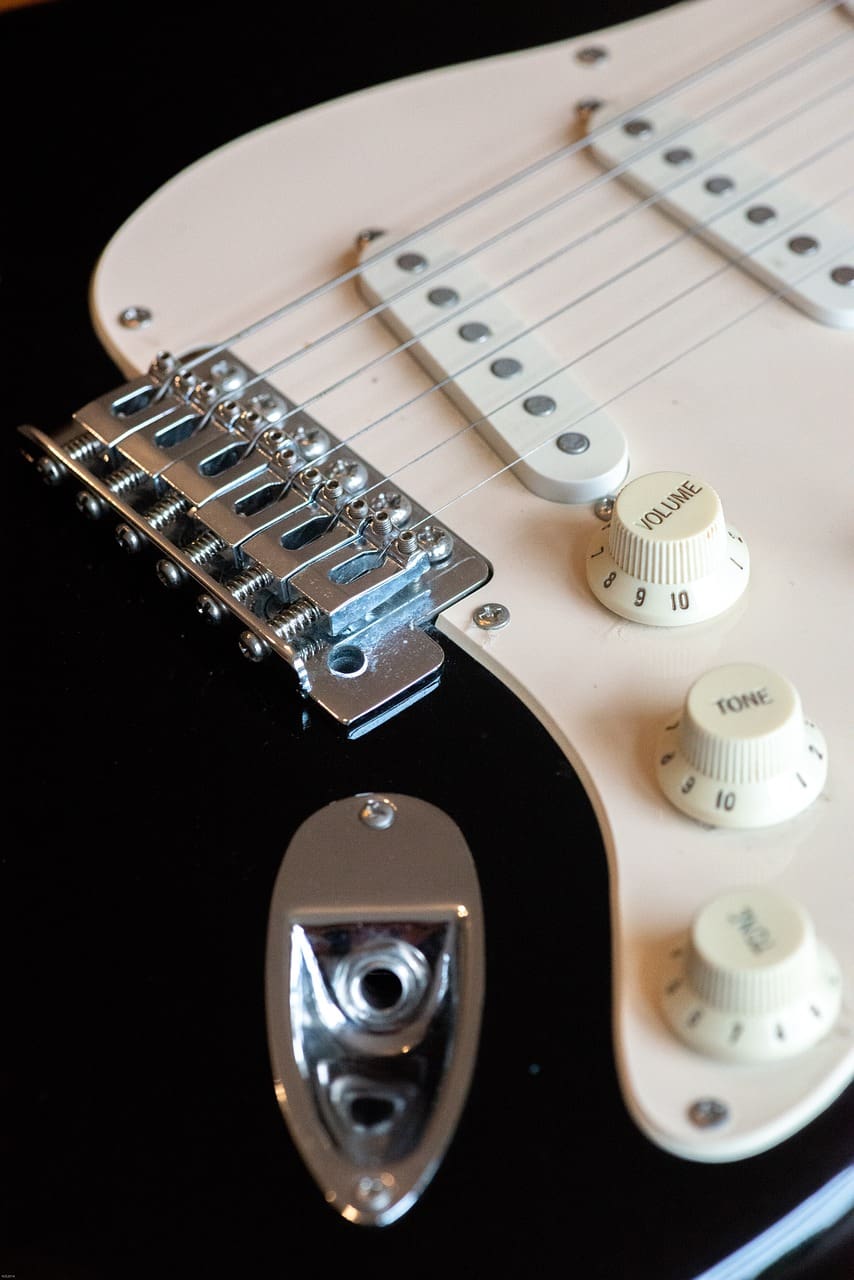When someone wants to learn something, he has to master the relevant techniques. The same applies to music. Music has a vast field. It is soothing to the ears but crucial to learn.
One cannot be a musician without learning the proper use of different techniques. Tremolo and Trill are one of those techniques.
Key Takeaways
- Tremolo involves rapid repetition of a single note or chord, while trill quickly alternates between two adjacent notes.
- Tremolo mainly creates a trembling or vibrating effect, whereas trill produces a lively, ornamental sound.
- Tremolo is common in string and percussion instruments, while trill is primarily in keyboard and wind instruments.
Tremolo vs Trill
Tremolo is a technique in which a musician rapidly alternates between two or more notes. Trill is a technique in which a musician rapidly alternates between two adjacent notes. Tremolo creates a shaking or trembling effect, while trill creates a rapid, fluttering effect between two adjacent notes.

A trembling effect produced by musical instruments is known as tremolo. Tremolo is a slight pitch change, created by moving a bow or stick back and forth rapidly.
In the existence of tremolo, the amplitude of a sound wave changes periodically. Tremolo can be mistaken for a vibrator, but it is very different.
In music, the alteration of two half or a whole step apart notes is known as a trill. Trill is a vibration. It can also be considered as flaps of the tongue or lips against other parts of the mouth.
Trill was also known as ‘shake’ in the early 20th century.
Comparison Table
| Parameters Of Comparison | Tremolo | Trill |
|---|---|---|
| Origin | Tremolo was invented by the composer Claudio Monteverdi in 1624. | Trill was invented by Paul Baron in 1964. |
| Types | Tremolo has two types: rapid reiteration and vibration in amplitude. | Trill also has two types: measured trill and unmeasured trill. |
| Abbreviation | The abbreviation of tremolo is ‘trem’. | The abbreviation of trill is ‘tr’ or simply ‘t’. |
| Field | The term tremolo is related to the field of music. It is instrumental. | Trill can be found everywhere since it is a form of a certain type of vibration that can be produced by any means. |
| Instrument | Cello, a violin, the viola, are the instruments used to produce tremolo. It is played on the tip of a bow. | A violin, the viola, and other bowed instruments are used to produce trill. |
What is Tremolo?
Tremolo is a musical technique to create a trembling effect. When a bow or stick moves backwards and forward at a certain speed, the sound produced is known as tremolo.
Various ranges of electronics are also used to achieve this variation in the amplitude of the sound. Tremolo is a centuries-old musical technique used by composers.
It is so vibrating that it can be mistaken for the term vibrato. Bow-strings instruments, such as harp, violin, and guitar, are used to achieve tremolos.
Playing the guitar, when a single note is extremely repetitive, this process is known as bisbigliando.
It is another form of tremolo. To understand the term tremolo, one can use an explanation that is when the pulsations of the bow are taken in the same direction by string to create the imitation of the preceding note, and this entire process is called tremolo.
It is also found in instruments that use keyboards. Tremolo should not be confused with the trill. There is a thirty seconds note that is regularly repeated, it is also known as tremolo. Tremolo has three strokes: quavers, semibreves, and semiquavers.
Trem is the short form of tremolo used by musicians. There is always an uncertainty about what should be played, a demisemiquaver or an unmeasured tremolo.

What is Trill?
The alternation of two half or a whole step apart notes is known as a trill. It is a particular vibration. The flaps of the tongue and lips can also be considered trills.
Trill is a musical ornament that consists of rapid alterations between two adjacent notes.
It works as a provider of harmonic interest, rhythmic interest, and melodic interest. In modern musical notation, composers and musicians use ‘t’ as the short form of trill. Trill also should not be confused with tremolo. Instead, it is faster than tremolo.
Trill is not necessarily related to music. Other means can also produce trill. Trill is not as ancient as tremolo since it was invented in the mid-1900s. In Baroque, two wavy lines fall, indicating that a trill is expected.
There are two major forms of trill, diatonic trill and chromatic trill. Both are unique and different from each other. To master the trill, one should play it slowly in the earliest phases. There should be evenness in the notes to create a satisfying trill effect.
There are two types of trill: measured trill and unmeasured trill. In measured trill, the notes are even, and in an unmeasured trill, notes are not even. Measured trill sounds better than unmeasured.

Main Differences Between Tremolo and Trill
- Tremolo flutters between those far-apart notes, while trilling flutters between a whole or half step apart.
- To note a tremolo, slash marks are used. On the other hand, the letter Tr is used to indicate a trill.
- Both hands can play a tremolo, while a trill is played by the left hand. They both have their methods.
- Trill sounds better than a tremolo, and it is also faster than a tremolo. But still, one can not see the difference between the two without paying close attention.
- Trill was invented in 1964 while tremolo was invented in 1624 which makes tremolo a historically important technique used by musicians and artists.
The post has a nice deep analysis about tremolo and trill, it’s very informative.
Absolutely, the explanation is done in a proper manner.
I agree, very well written indeed.
The history provided is very interesting.